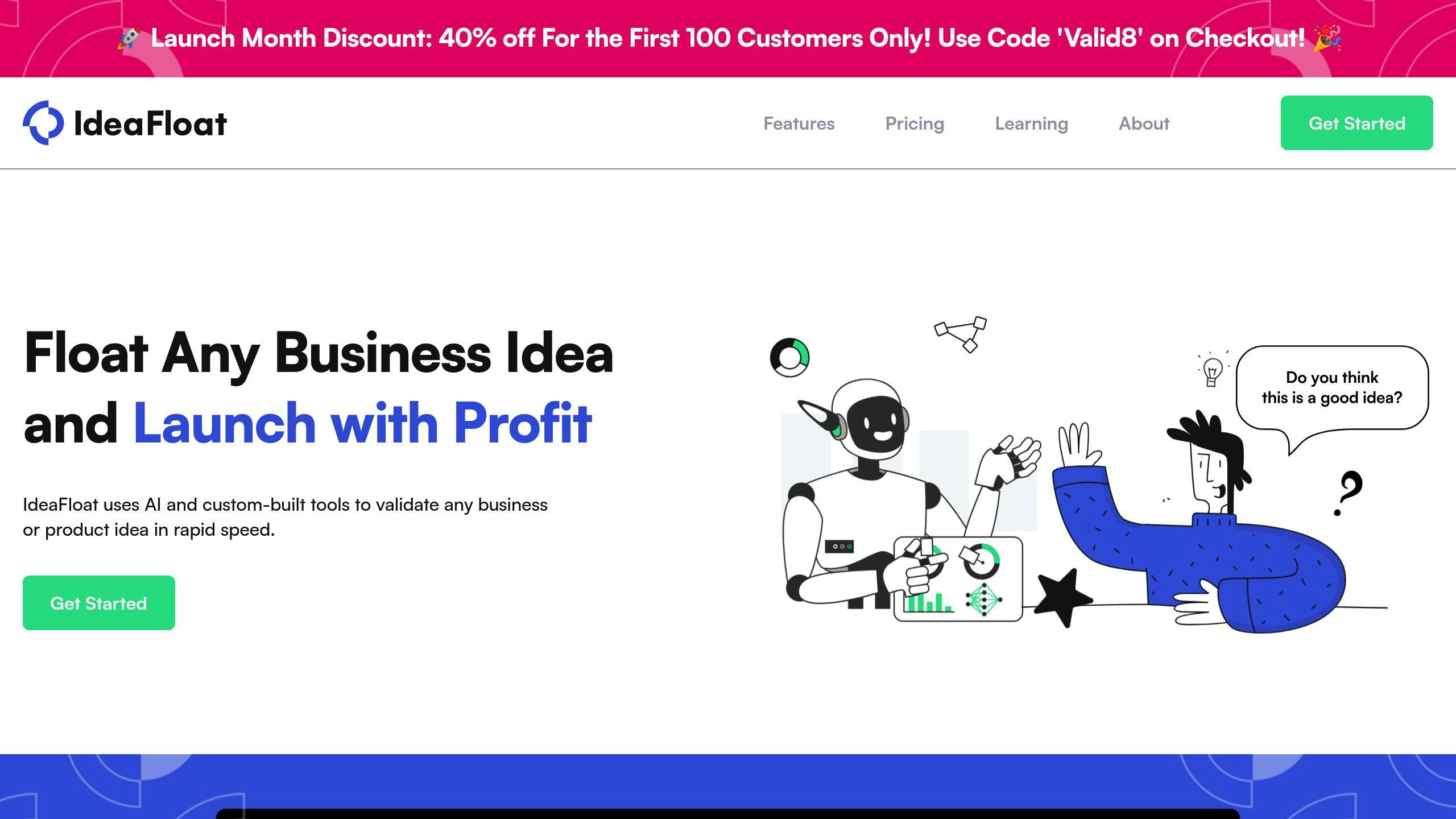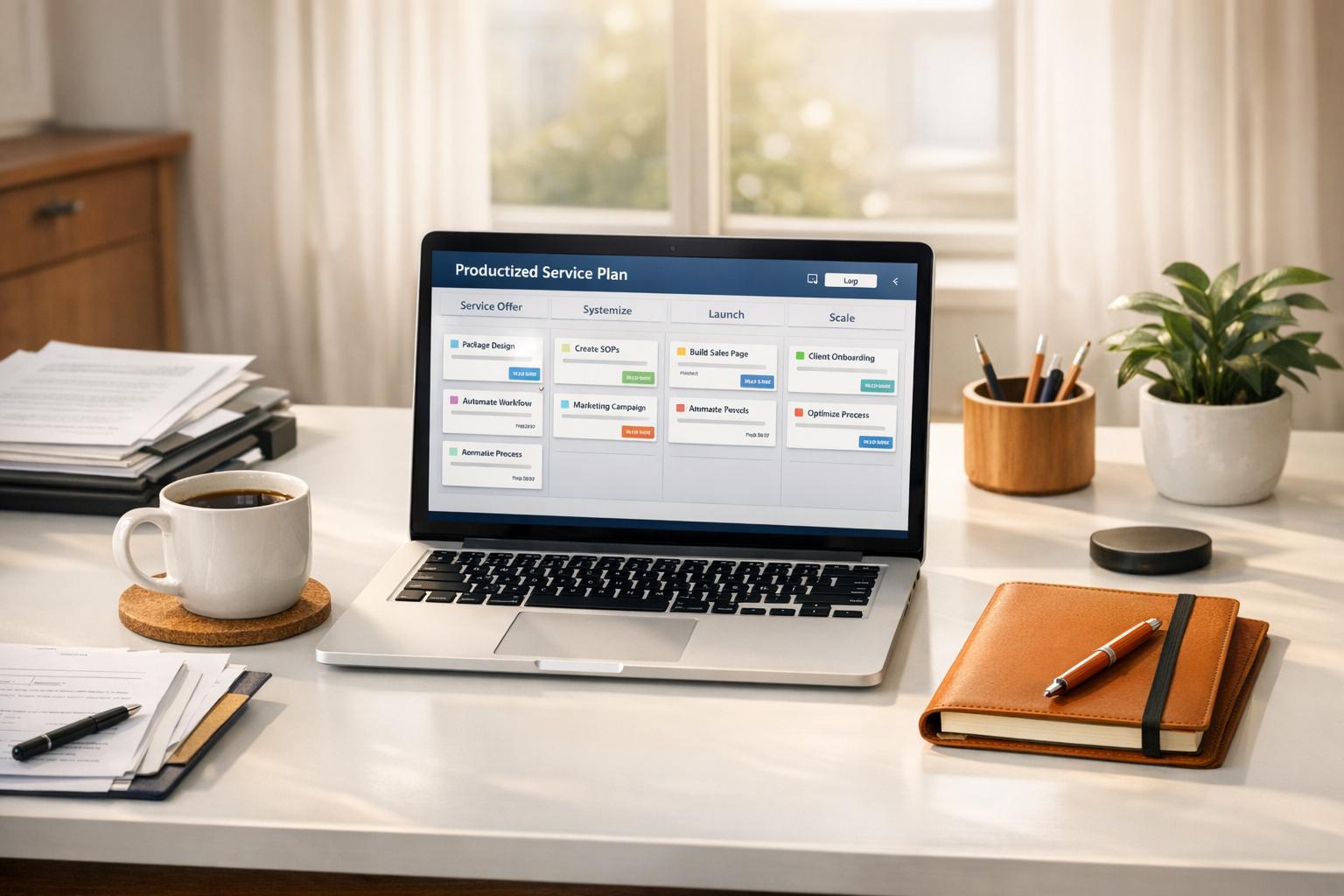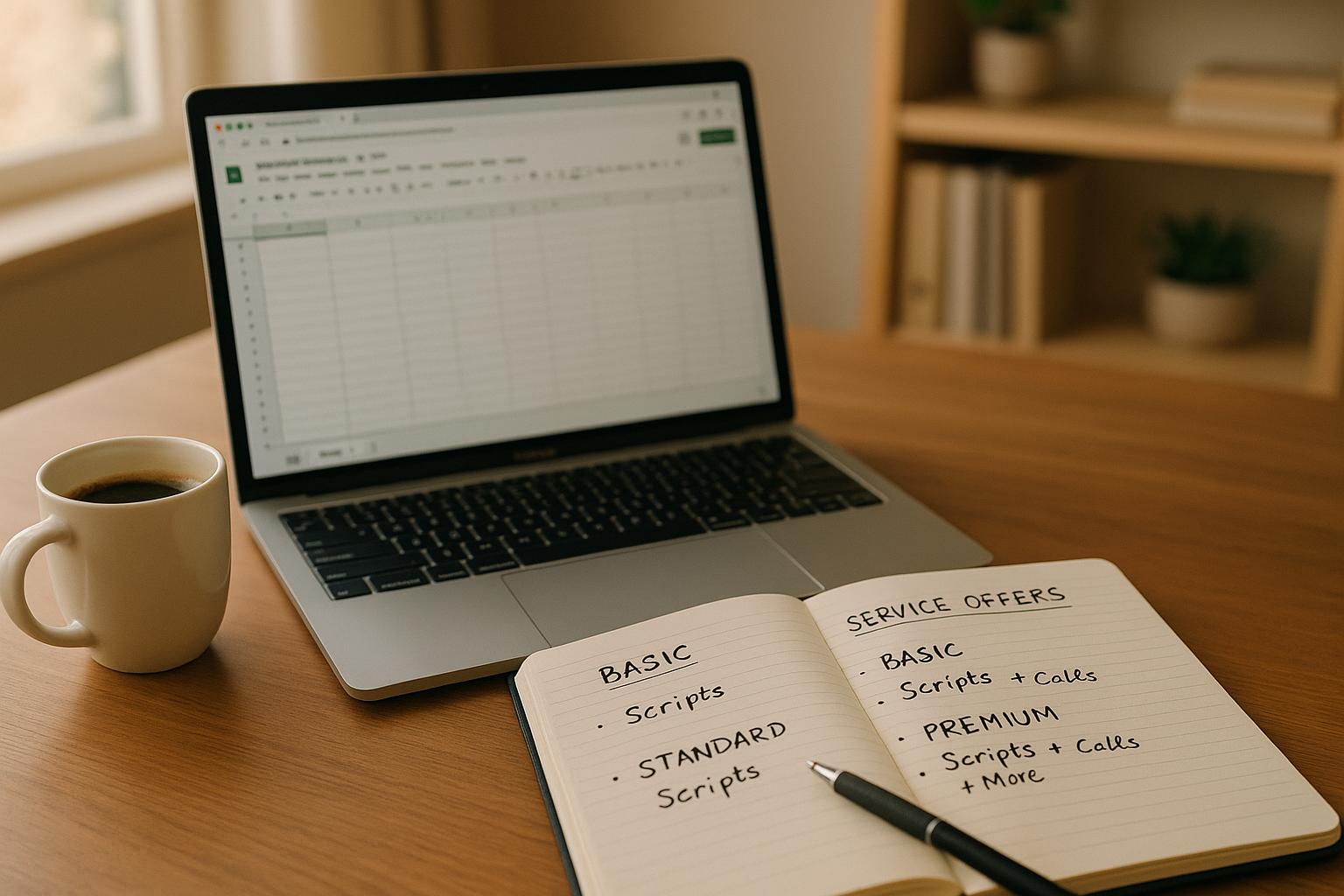
Delivering the same pitch to everyone doesn’t work. Technical audiences want detailed data and specs. Non-technical audiences care about clear benefits and outcomes. To connect with both:
- For Technical Stakeholders: Focus on metrics, system details, and performance benchmarks.
- For Non-Technical Stakeholders: Use simple language, relatable stories, and focus on business value.
Quick Comparison
| Audience Type | Focus Areas | Communication Style | Key Concerns |
|---|---|---|---|
| Technical | Specs, metrics, integration | Data-driven, detailed | Scalability, security, feasibility |
| Non-Technical | ROI, ease of use, business impact | Storytelling, simple terms | Cost-effectiveness, outcomes |
Start by understanding your audience’s priorities, then structure your pitch with clarity and relevance. Use visuals, examples, and tools to make your message resonate.
How to Present Technical Information to Non Technical Audiences
How to Understand Your Audience
Understanding your audience is key to delivering pitches that truly connect and achieve results. Technical and non-technical stakeholders have different priorities, communication styles, and decision-making approaches. Tailoring your presentation to fit these differences is essential.
Key Traits to Look For
When evaluating your audience, consider these three important factors that influence their expectations:
| Dimension | Technical Audience | Non-Technical Audience |
|---|---|---|
| Knowledge Base | In-depth expertise in specific technical areas | Broader understanding of business goals |
| Communication Style | Prefers data-driven details and specifications | Favors storytelling and outcome-focused discussions |
| Primary Concerns | System integration, security, scalability | Business impact, staying ahead in the market |
"A stellar pitch tells a compelling story and demonstrates deep empathy for the customer's problems." [4]
Keeping these traits in mind helps you address the unique needs of each audience type.
Common Challenges and Goals
Technical stakeholders are often focused on issues like system integration, security protocols, and scalability. They want solutions that meet exact performance standards while ensuring long-term reliability [1][2].
Non-technical stakeholders, on the other hand, prioritize broader business outcomes. Their main goals include:
- Achieving measurable results and improving efficiency
- Enhancing the customer experience
- Staying competitive in the market [6][2]
To connect with your audience, research their industry, role, and organizational goals. This allows you to tailor your pitch to their specific concerns and aspirations [7][5]. By addressing what matters most to them, you'll deliver a presentation that feels relevant and impactful.
Recognizing these differences is the first step to creating pitches that resonate with both technical and non-technical stakeholders.
How to Pitch to Technical Audiences
When pitching to technical stakeholders, it's crucial to address their specific concerns and priorities. These audiences value precision, depth, and data-driven explanations. By focusing on these elements, you can build credibility and earn their trust.
Sharing Technical Information Clearly
Technical audiences expect detailed information, but it needs to be presented in an organized and easy-to-follow manner. Use structured explanations to ensure clarity while diving into specifics.
| Component | What to Include | Why It Matters |
|---|---|---|
| Technical Specs | System requirements, performance metrics, architecture details | Demonstrates feasibility |
| Integration Details | APIs, protocols, security measures | Confirms compatibility |
| Implementation Path | Timeline, resource needs, deployment steps | Validates the solution's practicality |
Using Visuals to Explain Ideas
Visual aids can make complex systems easier to understand. Instead of relying solely on text, incorporate visuals like:
- Architecture diagrams: Illustrate system components and how they interact.
- Performance charts: Highlight benchmarks and demonstrate efficiency.
- Process flowcharts: Map out workflows and system logic.
These tools help technical stakeholders grasp intricate details quickly and effectively.
Focusing on Metrics and Results
Data is king when pitching to technical audiences. They want to see measurable results that back up your claims. Share specific metrics that highlight the effectiveness of your solution:
"A stellar customer pitch is one that tells a compelling story. You need to show empathy for your customers and a deep, personal understanding of their problems", says Leila Golchehreh, Co-Founder & Co-CEO of Relyance [4].
For technical stakeholders, this means weaving metrics into a narrative that aligns with their goals. Key areas to emphasize include:
- Scalability metrics: Show how your solution can handle growth or increased demand.
- Technical ROI: Provide clear examples of cost savings or efficiency improvements.
- Performance benchmarks: Compare your solution to industry standards to validate its effectiveness.
sbb-itb-08dd11e
How to Pitch to Non-Technical Audiences
When pitching to non-technical audiences, the key is to focus on outcomes and simplicity. Instead of overwhelming them with technical jargon, aim to explain concepts in a way that highlights practical value and keeps the message clear.
Breaking Down Complex Ideas
Non-technical stakeholders appreciate straightforward explanations that focus on results. For example, instead of saying "Machine Learning Algorithm", you could say, "a system that learns to make better decisions over time, helping save resources."
Using Stories and Comparisons
Stories and analogies are powerful tools for making technical ideas relatable. For instance, you might compare a cybersecurity solution to a home security system, emphasizing how it provides layered protection for digital assets [1][2].
Highlighting Benefits and Ease of Use
When engaging non-technical audiences, emphasize measurable benefits and simplicity:
| Benefit Category | What to Emphasize | Why It Matters |
|---|---|---|
| Business Impact & User Experience | Cost savings, efficiency gains, intuitive interface | Shows value and eases concerns about adoption |
| Long-term Value | Scalability, future readiness, ongoing support | Highlights a smart, enduring investment |
When discussing implementation, focus on how your solution simplifies tasks. For example, explain how it reduces manual work by 40% or cuts a process from days to just hours [1][3].
Tools like IdeaFloat can help you structure pitches by focusing on business results and user benefits rather than diving into technical details. By tailoring your message this way, you’ll resonate with non-technical stakeholders and make your solution appealing to a broader audience.
Tools to Help Create Better Pitches
Crafting a strong pitch can be challenging, especially when you need to connect with both technical and non-technical audiences. The right tools can simplify this process and make your message more effective.
How IdeaFloat Can Help

IdeaFloat offers an AI-powered platform designed to help you create presentations that resonate with diverse audiences. Its standout features include:
- Business Summary Generator: Quickly create value propositions tailored to your needs.
- Pitch Deck Generator: Build visually engaging presentations.
- SWOT Analysis Tools: Analyze strengths, weaknesses, opportunities, and threats for better positioning.
- Market Size Assessment: Gauge the potential of your market.
- Validate Score: Assess how effective your pitch is.
Making Your Pitches Short and Impactful
To create a pitch that works for everyone, focus on a clear value proposition that appeals to both technical and non-technical listeners. Tools like IdeaFloat's Unique Value Proposition Generator can help you nail this. Break down technical details into layers for specific audience groups, and use the Validate Score feature to measure how well your pitch lands.
Conclusion: Connecting with All Audiences
Key Takeaways
The success of your pitch hinges on understanding what your audience cares about most. For technical audiences, focus on providing data and detailed explanations. For non-technical audiences, emphasize relatable stories and clear benefits. Striking the right balance and using the right tools can make all the difference.
Here’s a quick guide to align your materials with your audience:
| Audience Type | Best Supporting Materials |
|---|---|
| Technical | Infographics, Technical Diagrams |
| Non-Technical | Visual Comparisons, Case Studies |
Next Steps to Take
Start by researching your audience thoroughly - learn about their background, challenges, and goals. Use this insight to tailor your message.
Here are some immediate actions you can take:
- Test and Improve: Try your pitch on different audience groups and collect feedback to refine it.
- Boost Visuals: Design presentations that appeal to both technical and non-technical stakeholders.
- Focus Your Message: Ensure your value proposition is tailored to resonate with your audience.
Take advantage of tools like IdeaFloat's Validate Score and Pitch Deck Generator to streamline your preparation and create engaging presentations.
Every pitch is an opportunity to learn and grow. By applying the strategies outlined here, you’ll be able to connect with any audience - technical or non-technical - and deliver presentations that leave a lasting impact.
FAQs
What is the correct structure of a good sales pitch?
A strong sales pitch should answer three crucial questions: why, why us, and why now. While the structure should align with your audience, it must include key components:
| Pitch Component | Technical Audience Focus | Non-Technical Audience Focus |
|---|---|---|
| Introduction | Technical metrics and specifications | Problem-focused stories |
| Value Proposition | Performance data and functionality | Business benefits and outcomes |
| Call to Action | Technical ROI and implementation path | Quick wins and ease of adoption |
The secret lies in understanding your audience's priorities. A pitch that combines clear, factual information with emotional appeal is more likely to resonate. Abhi Sharma, Co-Founder & Co-CEO of Relyance, emphasizes this point:
"An outstanding customer pitch is a compelling idea packaged as an emotionally captivating story. It is not just about the words you say or the visuals you show, but it's how you make your audience feel. That's what sticks." [4]
To craft a pitch that connects on both informational and emotional levels, focus on these essential elements:
- Opening Hook and Problem Statement: Start with a striking fact or insight that grabs attention and frames the challenge in terms your audience cares about.
- Solution and Validation: Introduce your solution with the right level of technical detail, supported by metrics or success stories that demonstrate its effectiveness.
- Clear Next Steps: End with actionable recommendations, making it easy for your audience to move forward.
Tools like IdeaFloat offer flexible frameworks to help tailor your pitch for different audiences. By following these principles and utilizing such resources, you can create a pitch that engages and drives action.
Related Blog Posts
Get the newest tips and tricks of starting your business!


